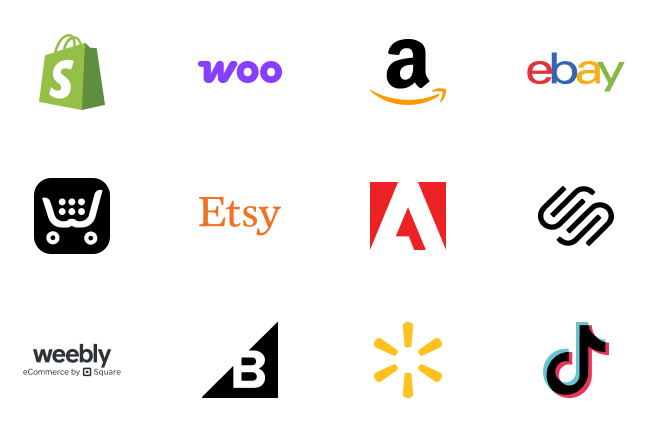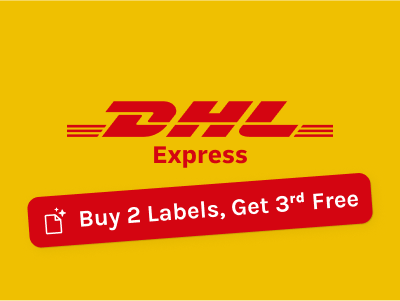Kickstarter vs. GoFundMe is debated frequently by countless crowdfunding campaigns throughout the world. Sure, most people are familiar with both platforms, with Kickstarter being known as a haven for creatives seeking funding for their projects and GoFundMe being used mainly for more personal or charitable reasons.
While these general perceptions of the two popular crowdfunding platforms is mainly true, you can’t forget to take a closer look at their fine print! It’s very important for those looking to launch a crowdfunding campaign to compare the two closely and take note of their considerable differences.
With this guide, we’ll explore both crowdfunding platforms to help you choose whether GoFundMe or Kickstarter is best for you. Specifically, we’ll take a look at the details of both platforms and explore the differences between Kickstarter and GoFundMe, focused mainly on their project qualifications, project purposes, fees and user terms, application process, transparency and customer support!
What is Kickstarter?
Over time, Kickstarter has turned out to be among the most popular crowdfunding platforms.
Launched in 2009, this platform is built specially for entrepreneurs who are looking for funding for their creative and merchandising projects, specifically in film, art, comics, fashion, games, design, music, technology, photography and the like. Currently, more than 16.3 million backers worldwide have pledged over $4 billion to some 445,000 projects.
What is GoFundMe?
GoFundMe, launched in 2010, is a more personal fundraising platform, being designed mainly for fundraising for causes such as medical treatment, education, relief from natural disasters and the like.
A number of entrepreneurs worldwide have also started using GoFundMe for business startups. One unique feature of GoFundMe is that it comes with multiple widgets that allow users to conveniently integrate their social media channels into their crowdfunding campaigns. Users can also create pages that can be shared in order to further spread the word about their campaigns online.
To date, more than 50 million donors worldwide have raised over $5 billion for more than two million individual campaigns on the crowdfunding platform.
Kickstarter vs. GoFundMe: Project Qualifications
Both Kickstarter and GoFundMe have different project qualifications that must be heeded closely in order to launch a crowdfunding campaign.
For Kickstarter, the project requirements are:
- The project must be transparent and clearly presented
- The project must be creative and shareable in nature
- The project must not offer equity
- The project must not be a charitable fundraiser
- The project must not involve any sort of prohibited items
The main difference between Kickstarter and GoFundMe in this area is that GoFundMe mostly lacks these concrete rules and the strict oversight that exist on Kickstarter and as such, campaigns don’t require any pre-clearance before launching them as long as they don’t involve any form of illegal activities, pornography, fraud, hate speech, weapons, drugs and other illicit activities.
Kickstarter vs. GoFundMe: Project Purposes
Both Kickstarter and GoFundMe are typically used for very different purposes.
As previously mentioned, Kickstarter is mainly used for crowdfunding campaigns by creators that need funds for projects such as video games, independent films, technological devices and the like.
GoFundMe, on the other hand, is typically used for more personal matters such as raising funds for disaster relief, medical care, graduation parties and the like. Some SMBs and startups, however, have used GoFundMe to obtain funding as part of their crowdfunding campaigns.
Kickstarter vs. GoFundMe: Fees and User Terms
Fees and user terms are another key difference between Kickstarter and GoFundMe.
For example, Kickstarter charges five percent of the total amount raised while GoFundMe, on the other hand, has no charges to use its platform. Kickstarter charges three percent plus $0.20 per pledge as a payment processing fee while GoFundMe charges 2.9 percent plus $0.30 per pledge. For payments below $10.00, Kickstarter charges five percent plus $0.05 per pledge whereas GoFundMe charges 2.9 percent plus $0.30 per pledge.
As for the terms of each platform, Kickstarter has a maximum campaign duration of up to 60 days while GoFundMe is unlimited. Kickstarter also has an “all or nothing” condition, which means that if you don’t meet your campaign goal within the stipulated time frame, all donations will be returned to their respective donors. With GoFundMe, you keep whatever you’re able to raise, whether you’re able to reach your target or not.
Kickstarter vs. GoFundMe: Application Process
The application process for both platforms are mostly hassle-free, although Kickstarter is somewhat stricter.
Applying on both platforms is generally a simple matter of filling out an application form and submitting it. Occasionally, Kickstarter will flag a campaign for further review, especially if the details are not especially clear. GoFundMe allows users to launch their campaigns immediately but reserves the right to pull a campaign down if it violates any of the platform’s rules.
Kickstarter vs. GoFundMe: Transparency
Both Kickstarter and GoFundMe offer a great degree of transparency, with their terms and user agreements clearly spelled out. Additionally, both platforms only receive their percentage at the end of the campaign, especially Kickstarter, which only gets its own cut if a given crowdfunding campaign ends up being successful.
Kickstarter vs. GoFundMe: Customer Support
Both platforms admittedly have different reputations when it comes to customer support.
GoFundMe is generally seen as having a more timely and reliable customer support system, guaranteeing a five minute response to any support request submitted. Kickstarter uses a ticket system for customer support, though this system is typically not quite as responsive as GoFundMe’s.
Choose the Crowdfunding Platform That Works for You
Both Kickstarter and GoFundMe are excellent platforms for crowdfunding campaigns that are useful in very different situations. Creators and entrepreneurs looking for funding are probably better off using Kickstarter, while those seeking funding in response to an emergency or personal cause are likely better off using GoFundMe.
That being said, startups and SMBs can also find success on GoFundMe, especially if they’re looking to keep all of their pledged funding even if they fall short of their goal or don’t want to pay the five percent fee that Kickstarter charges.
Fortunately, Easyship partners with Kickstarter to help entrepreneurs and creators worldwide raise money for their creative projects. Be sure to not only sign up for an Easyship account today for free, but also check out our useful resources such as our crowdfunding page and crowdfunding shipping calculator to help take your crowdfunding campaign worldwide!















































.svg)
.svg)






.avif)
.avif)

.avif)
.avif)


.avif)


.avif)










.avif)
.avif)



.avif)
.avif)


.avif)
.avif)


.avif)



.webp)







.svg)





.webp)